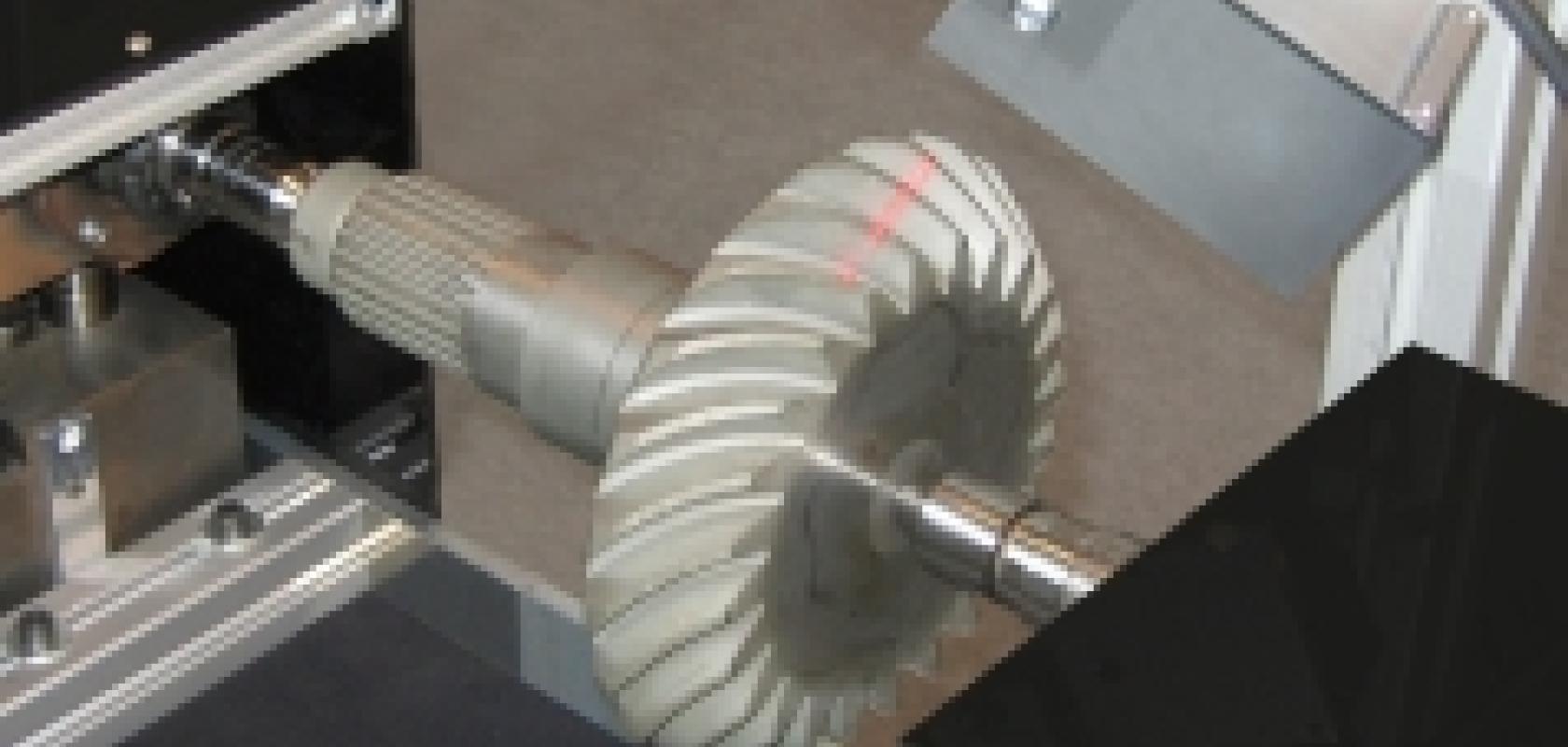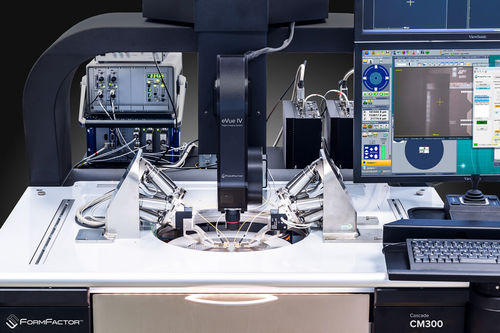The Function of Optical Measurement Equipments in Progressing Assessment Techniques
Optical dimension systems have changed assessment, bringing a degree of precision that was as soon as unthinkable. As you explore better, you'll discover just how these systems are shaping the future of dimension and quality control.
The Development of Metrology: A Historic Perspective
As you check out the background of metrology, you'll locate that its evolution shows mankind's mission for accuracy and standardization. From old worlds making use of body parts as systems of dimension to the development of standard weights and actions, each step reveals our need for accuracy. The Egyptians developed the pyramids making use of precise dimensions, while the Romans progressed engineering with their advanced measuring devices.
Throughout the Renaissance, scientific advancements changed the focus towards extra empirical methods, leading the way for modern-day metrology. The introduction of the metric system in the late 18th century noted a substantial milestone, establishing universal requirements. Throughout the 20th century, technical improvements better changed metrology, making it possible for highly exact measurements in various fields.
Today, assessment remains to advance, incorporating digital technology and automation. This history highlights not just the importance of measurement however likewise our ruthless quest of enhancing precision and consistency in our progressively complicated world.
Concepts of Optical Dimension Equipments
Recognizing the concepts behind optical dimension systems is essential for accurate cause width. You'll desire to consider essential optical concepts, measurement accuracy factors, and effective system calibration strategies. Each of these components plays a vital duty in guaranteeing your measurements are accurate and trustworthy.
Essential Optical Principles
While exploring optical measurement systems, you'll run into essential optical concepts that form the backbone of accurate information procurement. Light behaves in foreseeable means, and understanding these habits-- like diffraction, reflection, and refraction-- is necessary for effective measurements. By grasping these concepts, you'll be equipped to leverage optical innovations properly, paving the means for innovations in metrology and ensuring your measurements are both repeatable and dependable.
Measurement Accuracy Aspects
To attain high measurement accuracy in optical systems, several elements enter into play, influencing the dependability of your outcomes. Initially, the top quality of the optical parts matters substantially. Premium lenses and detectors lower aberrations and sound, guaranteeing your dimensions are exact. Second, ecological problems like temperature and humidity can affect measurements, so maintaining a stable setting is essential. Third, the alignment of the optical system is critical; also small imbalances can cause considerable errors. The wavelength of light utilized impacts the resolution and precision of your dimensions. By attending to these elements, you can enhance the overall efficiency of your optical measurement systems, resulting in even more exact and trustworthy outcomes in your assessment applications.
System Calibration Methods
Achieving high dimension precision is only part of the formula; proper system calibration methods are just as important in optical dimension systems. To assure your system delivers trustworthy results, you ought to routinely calibrate it making use of standard recommendation products. Beginning by adjusting the optical elements, like lenses and mirrors, to lessen organized errors. Next, utilize recognized dimensions to validate the system's output and make required modifications. It's additionally vital to account for environmental elements-- temperature level and moisture can influence dimensions. Apply a regular calibration schedule to maintain consistency over time. Record all calibration procedures and results; this will aid you track efficiency and deal with any drift in precision. With these techniques, you'll enhance the reliability of your optical dimension system.
Trick Technologies Behind Optical Dimension
Optical measurement systems depend on several essential technologies that boost precision and performance in assessment. One vital modern technology is interferometry, which uses the disturbance of light waves to measure tiny displacements and surface area abnormalities with severe accuracy. You'll likewise discover laser scanning systems, which record in-depth 3D data of items rapidly, making them important for dimensional analysis.
Additionally, CCD and CMOS sensors play a significant role in transforming light into electrical signals, allowing for high-resolution imaging and precise dimensions. Advanced formulas for picture handling even more boost dimension precision by assessing information in real time, removing sound and boosting attributes.
Finally, optical fiber supply flexibility and the capability to determine in difficult atmospheres while keeping signal honesty. By leveraging these innovations, you can attain remarkable lead to your width jobs, making sure that your measurements are both precise and trusted.
Applications of Optical Measurement in Market
As sectors increasingly require accuracy and efficiency, the applications of optical measurement systems have actually come to be vital across numerous fields. In manufacturing, these systems assist you check measurements and tolerances in real-time, guaranteeing quality assurance without taxing manual checks. In the automobile market, optical dimensions aid in link straightening components with precision, enhancing security and performance.
In electronic devices, you're making use of optical approaches to inspect minute attributes on motherboard, detecting problems that could result in failures. The aerospace industry benefits from non-destructive Check Out Your URL testing techniques, allowing you to evaluate materials and components without jeopardizing their integrity.
Optical measurement additionally plays a crucial function in textiles, making sure fabric measurements meet exact specifications. optical measurement systems. With their ability to provide high-resolution data promptly, these systems encourage you to make educated decisions, improve processes, and inevitably drive technology throughout your market
Enhancing Accuracy and Efficiency in Dimensions
When you think of improving accuracy in dimensions, precision in your measurement techniques is essential. By simplifying these procedures, you can achieve quicker outcomes without compromising high quality. Allow's discover exactly how adopting innovative optical measurement systems can elevate both precision and efficiency in your job.
Precision in Measurement Strategies
Precision in dimension strategies is essential for achieving reputable outcomes in assessment, particularly given that tiny disparities can lead to substantial mistakes. By making use of innovative optical dimension systems, you can boost the precision of your dimensions. In addition, accurate measurements allow you to keep quality control, guaranteeing that products fulfill rigorous requirements.
Simplifying Dimension Procedures
To improve accuracy and efficiency in dimensions, simplifying your dimension processes is important. Start by adopting optical dimension systems that supply real-time data, decreasing the time invested in hands-on recording. These systems typically integrate perfectly with existing software, permitting you to automate information collection and analysis.
Following, systematize your measurement methods. By carrying out constant treatments, you lessen variability and improve repeatability. Do not forget to frequently adjust your devices to guarantee its accuracy.

The Impact of Optical Dimension on R & D
As scientists venture to press the borders of development, optical dimension systems have actually come to be vital tools in the advancement procedure. These systems provide you with specific, real-time data that improves your capacity to assess intricate materials and structures. In different areas, from biotechnology to aerospace, you rely on optical measurements to optimize styles and boost item performance.

With high-resolution imaging and non-contact techniques, you can decrease sample disruption, enabling more precise outcomes. This ability to capture minute details accelerates your R&D cycle, letting you iterate styles quickly and efficiently. Optical dimension promotes collaboration across techniques, as the information navigate to these guys generated is frequently conveniently interpretable and shareable.
Ultimately, incorporating optical measurement systems right into your study not only boosts efficiency but likewise grows your understanding of the phenomena you research. By leveraging these innovative strategies, you're better outfitted to innovate and stay ahead in an affordable landscape.
Future Patterns in Optical Dimension Systems
With the fast advancement of technology, you're most likely to see considerable shifts in optical dimension systems that will redefine their application throughout numerous markets. You'll notice an action toward raised automation and integration of fabricated intelligence, permitting for real-time information analysis and boosted precision. Miniaturization is an additional trend; compact tools will certainly make it possible for measurements in tighter spaces, making them suitable for areas like aerospace and biomedical applications.
In addition, the development of advanced products, such as photonic crystals, will enhance level of sensitivity and resolution. Expect to see systems that can run in challenging settings, providing trusted measurements in severe conditions. Cloud-based analytics will additionally play an important duty, offering you accessibility to big datasets for far better decision-making. As these technologies assemble, you'll locate that optical measurement systems not only improve accuracy but likewise simplify workflows, eventually driving advancement and performance in your projects.
Frequently Asked Concerns
Just How Do Optical Measurement Systems Compare to Standard Dimension Techniques?
Optical dimension systems use greater accuracy and faster results contrasted to traditional techniques. You'll find they capture more data factors properly, lowering human mistake and raising integrity, making them a recommended selection in different applications.
What Industries Advantage A Lot Of From Optical Measurement Systems?
You'll find industries such as aerospace, auto, and electronic devices profit most from optical dimension systems. These fields count on specific dimensions to ensure quality and performance, boosting performance and minimizing expenses through innovative modern technology.

Are Optical Dimension Systems Expensive to Apply?
Optical measurement systems can be pricey to execute, but their precision and performance commonly justify the price. Purchasing such innovation can lead to considerable long-term cost savings and renovations in high quality throughout various applications.
What Abilities Are Called For to Operate Optical Dimension Solutions?
To run optical measurement systems, you'll require solid logical skills, focus to information, and proficiency in software tools. Knowledge with optics and an understanding of dimension principles will certainly additionally enhance your efficiency and performance.
How Do Environmental Aspects Influence Optical Measurements?
Environmental aspects like temperature, air, and humidity high quality can misshape optical dimensions. You'll see variations in precision as a result of light disturbance or refraction. optical measurement systems. Preserving steady problems is crucial for exact and trusted optical dimension outcomes
Verdict
In recap, optical dimension systems are revolutionizing metrology by providing unrivaled precision and efficiency. By harnessing advanced concepts and modern technologies, these systems boost precision while lessening interruptions in different markets. As you explore future trends, you'll see how the integration of AI and automation will certainly proceed to raise measurement practices, driving innovation and boosting quality assurance. Welcoming these improvements will be crucial for staying competitive and achieving excellence in your area.
Accomplishing high measurement precision is only component of the equation; correct system calibration methods are just as crucial in optical measurement systems.When you assume about boosting accuracy in dimensions, precision in your dimension techniques is crucial. By using advanced optical measurement systems, you can boost the accuracy of your dimensions.To enhance precision and efficiency in measurements, streamlining your measurement procedures is vital. Just How Do Optical Measurement Solutions Contrast to Conventional Dimension Techniques?